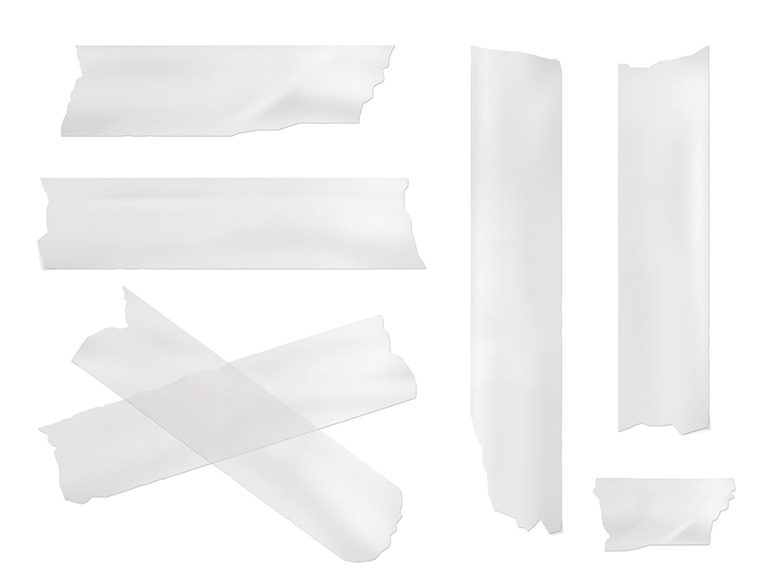Patients with chronic wounds face the complicated task of managing specialized care on an ongoing basis. And while there’s a lot of patient involvement in wound management, there are specially trained nurses who can provide extra support for patients with chronic wounds, an ostomy (surgically created opening) or continence conditions.
“A lot of times when patients come to me they’ve had a wound for six months and they’re tired of dealing with it, but unfortunately it’s not a quick fix,” said Naomi Bach, CNP, a certified wound care nurse at Sanford Worthington in Minnesota. “It’s not as simple as putting a different dressing on, the underlying problem needs to be addressed as well.”
Chronic, non-healing wounds, which can include pressure ulcers, diabetic foot ulcers or surgical wounds, are usually caused by a chronic condition or a surgical procedure.
Identifying the underlying cause of the issue is the first step to healing a chronic wound.
Advanced education equips wound care nurses with the knowledge to assess these wounds and make treatment recommendations.
“Our job is to provide the plan of care and the patient’s job is to execute what’s realistic for them,” Bach said.
Patients with an ostomy have undergone some type of bowel or bladder diversion, while patients with a continence condition experience difficulties with bladder or bowel control, along with the skin issues that can result.
Ostomy and continence care include caring for a urinary or fecal ostomy or leakage, along with any open areas, drainage locations or irritated skin that can result. Wound care nurses help with surgical site selection, ongoing patient education, as well as the evaluation of any pouching systems.
A wound care nurse can also recommend therapies to help restore bladder or bowel control, ease skin irritation and prevent further breakdown.
“The more we can educate patients on why something is important – why we’re asking them to wear an offloading boot, take time off from work or modify their blood sugar, the more likely they are to make the changes,” Bach said.
In addition to providing education, sometimes nurses need to get creative when dealing with the care demands of a wound.
“We use a lot more ointments and gauze in rural areas because they’re available through the pharmacy, where aren’t always able to get a ready supply of specialized dressings,” Bach said. “We also work within the coverage requirements of the patient’s insurance company to find therapies that are financially realistic.”
A wound care nurse combines a range of therapies, dressings, treatments and counseling to empower patients in their own healing and get them back to their regular routines, free from pain or discomfort.
Learn more
- Cuts, scrapes, burns – when first aid isn’t enough
- Hyperbaric oxygen therapy: A unique service in Bemidji
- Home health services keep clients independent
…
Posted In Health Information, Healthy Living, Symptom Management, Worthington
